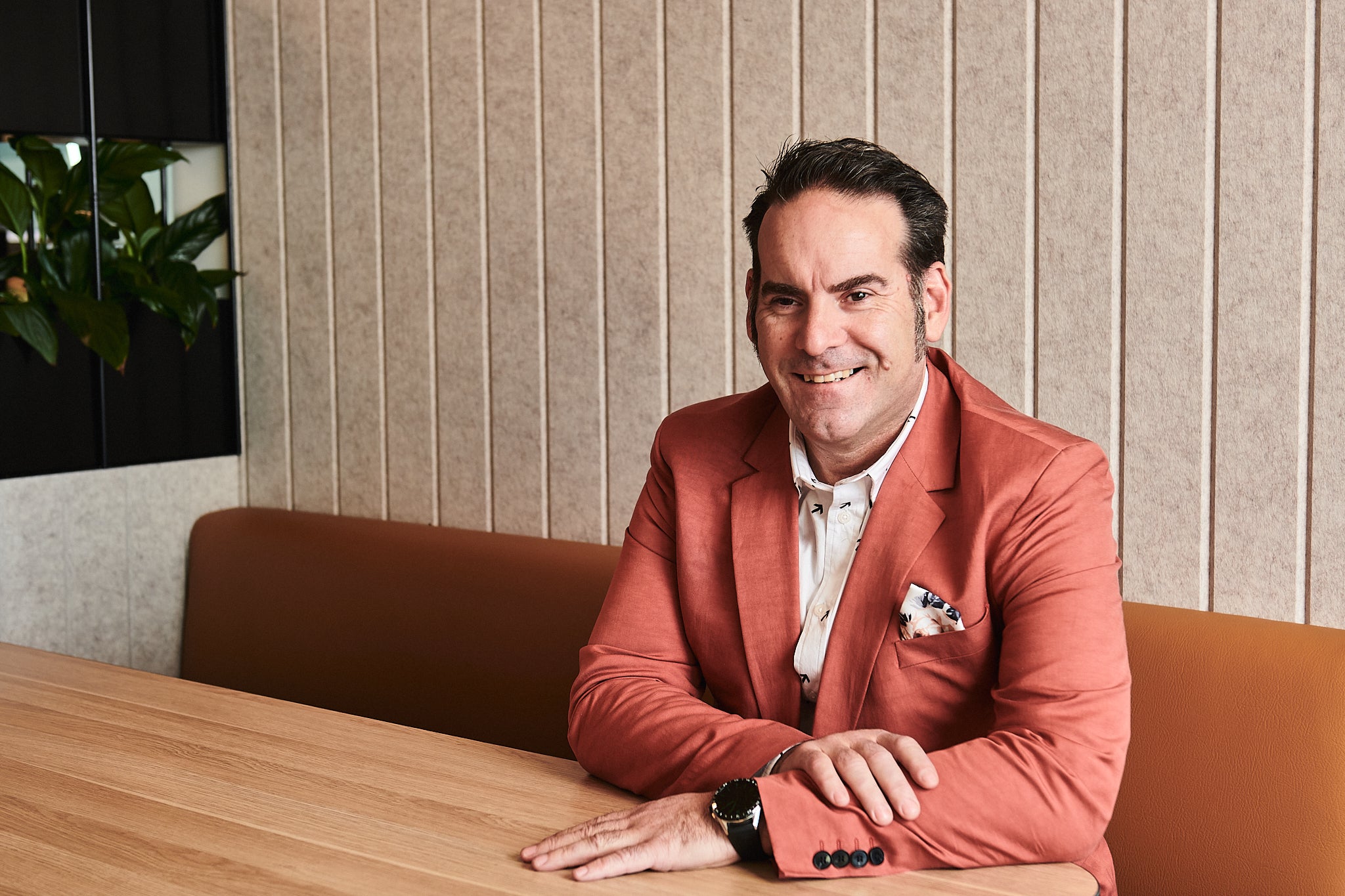
How we respond to major global challenges like pollution, misuse of resources, and the climate crisis will shape our future in profound and lasting ways. Unlike nature’s circular, waste-free lifecycle, the human ‘take-make-waste’ economy is a linear system that’s causing and exacerbating many of our planet’s problems.
E-waste, for example, contains toxic components like mercury, lead and lithium. The bad news is that just 12.5% of e-waste is responsibly recycled. But before it even reaches end of life, way too much of our software and hardware is badly managed, underutilised, misvalued, and poorly maintained or disposed of, costing businesses and the planet.
IT assets within large companies are often managed in a piecemeal fashion. Finance, procurement, IT and senior management tend to work in silos with differing agendas. There’s no single lens of asset visibility across the business, which can lead to waste, inefficiencies and unnecessary costs. What’s more, if you don’t know how to quantify your IT environmental footprint, it can be hard to convince key decision makers of the benefits of a more sustainable approach.
But it doesn’t have to be this way. In fact, when it comes to IT, both the environmental and business cases for a circular or lifecycle-management approach are undeniable.
Large organisations play a critical role in solving global issues, and at Datacom we take our environmental responsibility very seriously. That’s why we not only help manage the lifecycle of all types of software assets, such as licensing, compliance and purchase management, but also track and manage the end-to-end lifecycle of customers’ physical IT components (laptops, workstations, routers etc). We’re doing what we can to help businesses embrace the principles of circularity so they can extract the greatest value from their IT assets and operate in a more sustainable way.
To this end, we’ve developed a suite of lifecycle management services designed to minimise the environmental impact of technology by reducing waste, optimising resource use and extracting more value from IT assets. Lifecycle management helps maximise the potential and value of an organisation’s IT assets at each stage of its lifecycle, from procurement to retirement.
Businesses can select from our full menu of lifecycle management services to help them work towards the principles of a circular economy. These include measuring their existing hardware and software utilisation, configuration, licensing, ROI and ownerships; defining their acquisition policy and standards to align their procurement and business strategies; efficiency and optimisation services such as agile warehousing and logistics; management, tracking and maintenance of assets; and responsible end-of-life options for repurposing, recycling or retiring IT assets with a good conscience.
By repurposing IT assets or their component parts after they’ve served their business life, we give them another life, eliminating or reducing waste. Humans worldwide generate an astonishing 40 million tonnes of electronic waste a year. That’s like throwing away 800 laptops a second. Datacom has multiple ways to reduce e-waste, including our device buy-back schemes, responsible destruction of electronics and data drives, and a sustainable acquisition policy through our partnerships with sustainable vendors.
Monitoring and maintaining IT assets properly will also extend their useful life. Reactive maintenance typically costs three to nine times more than preventative maintenance, but with regular maintenance, we can keep IT assets circulating longer, at a higher value. In optimising the life and utilisation of IT assets, we can extract more life out of them for our clients.
If you’re evaluating ways to pinpoint opportunities to reduce IT waste in your operations, you’ll want to start by asking these critical questions: What is our current level of utilisation? Are we over-provisioned? Can we save money on software or hardware? Could we do anything to reduce our environmental footprint?
We estimate that the average multisite Australian business with over 1000 users is over-provisioned by 27% per person. The average 1.8 devices per person could be reduced to 1.3 devices for a saving of 3.88 million unnecessary devices across the Australian working population. Rightsizing your fleet is the most impactful first step you can take towards sustainable IT.
Lifecycle management of your IT assets brings a multitude of benefits, from optimised software and hardware utilisation, clearer insights, stronger security and waste reduction to time savings, accurate IT estate inventory and more efficient licensing – not to mention the satisfaction that comes from putting a recycled business device into the hands of a child who wouldn’t normally be able to afford one.
Click Here to find out more about Datacom’s sustainability journey.